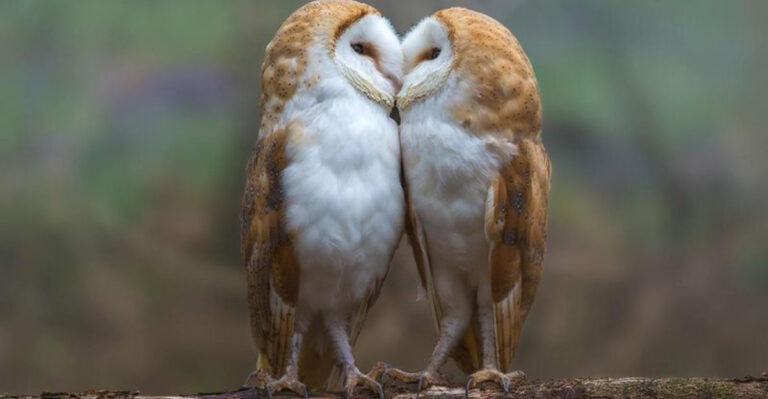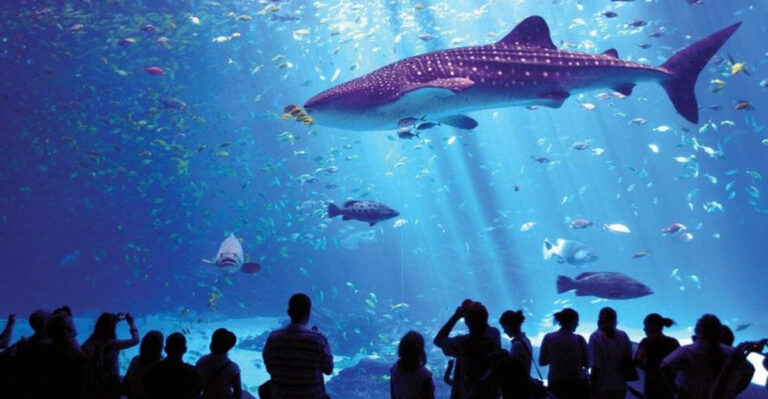Largest Pterosaur From Jurassic Unearthed In Scotland
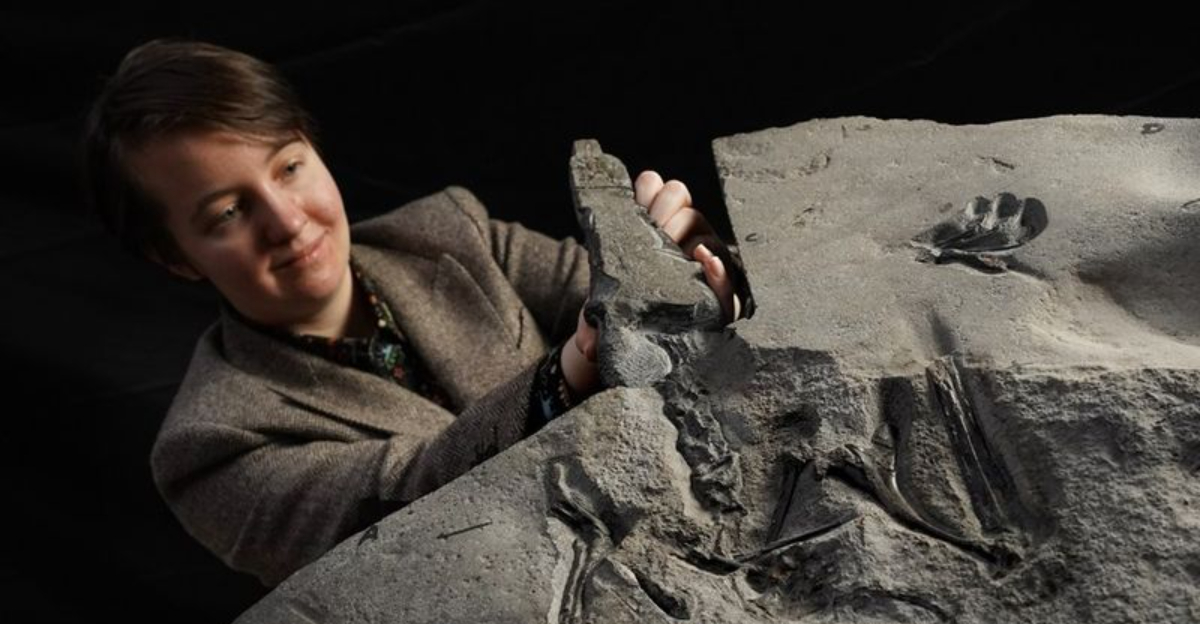
A remarkable fossil discovery on Scotland’s Isle of Skye rocked the paleontology world. Scientists uncovered the remains of what would become known as the largest flying creature from the Jurassic period ever found.
This incredible pterosaur, with its massive wingspan and remarkably preserved skeleton, has changed our understanding of these ancient flying reptiles and their evolution.
1. Unearthing A Jurassic Giant On The Isle Of Skye
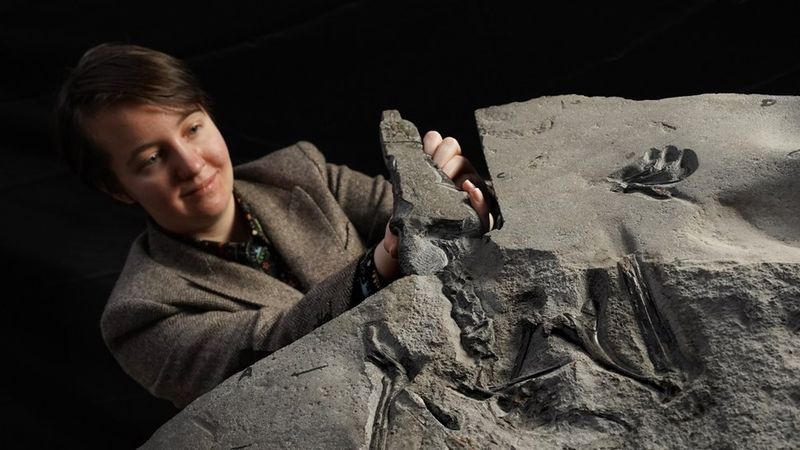
Back in 2017, a routine fossil expedition along Skye’s rocky shores yielded an extraordinary find. Researchers spotted an unusual stone formation that turned out to be a pterosaur skull peeking out from ancient limestone.
Careful excavation revealed not just fragments but an astonishingly complete skeleton. The fossil had remained hidden for approximately 170 million years before finally seeing daylight again.
2. Meet Dearc Sgiathanach The Sky-Winged Reptile
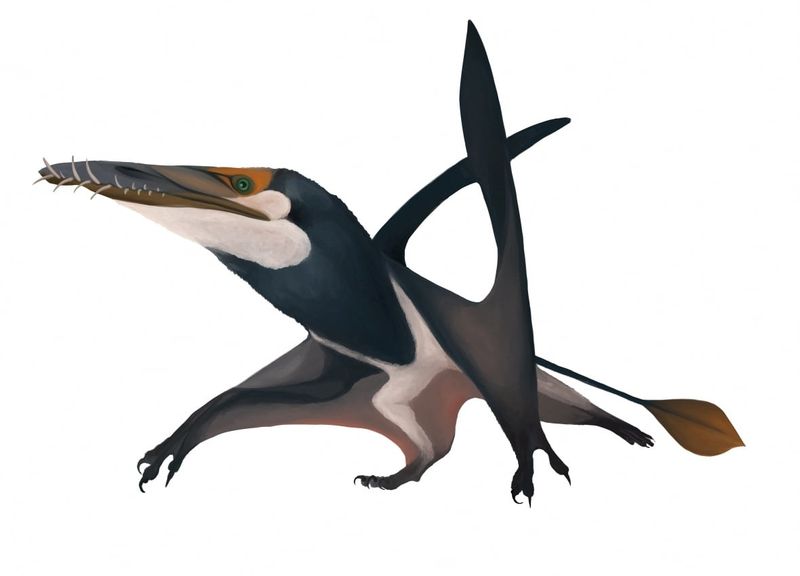
Named in Scottish Gaelic, Dearc sgiathanach (pronounced ‘jark ski-an-ach’) translates to ‘winged reptile’ and honors its Scottish discovery location. The name perfectly captures both its nature and heritage.
Scientists classify it as a pterosaur from the Jurassic period, specifically a type of rhamphorhynchoid. Unlike its later Cretaceous cousins, Dearc represents an earlier evolutionary branch of flying reptiles.
3. A Record-Breaking Wingspan For The Jurassic Period
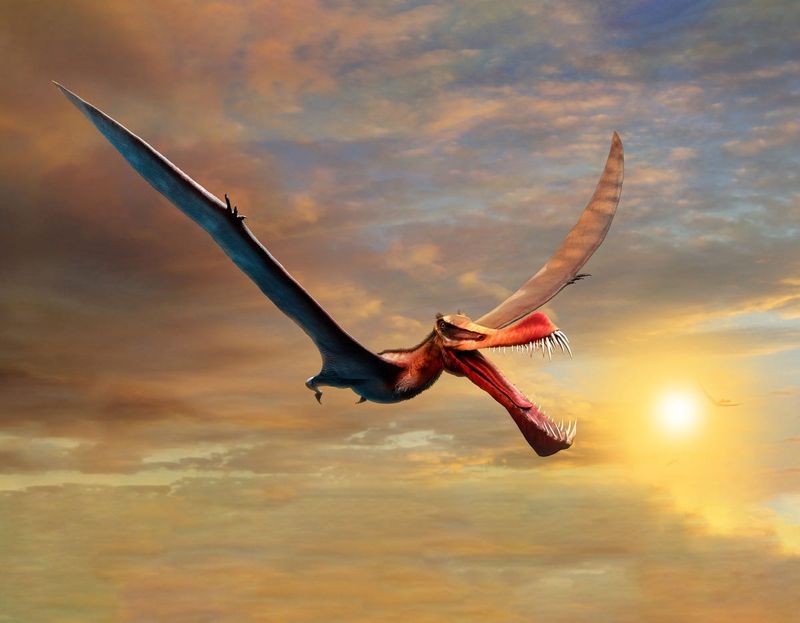
Sporting an impressive wingspan estimated at more than 2.5 meters (over 8 feet), Dearc sgiathanach soared above Jurassic Scotland like nothing else in its time. Most previously discovered Jurassic pterosaurs were considerably smaller.
This wingspan revelation shocked paleontologists who had long believed that giant pterosaurs evolved only in the later Cretaceous period. Dearc proved that large flying reptiles appeared much earlier than previously thought.
4. Earlier Than Expected Why This Find Changes Everything

Before Dearc’s discovery, scientists believed truly large pterosaurs only evolved during the Cretaceous period, millions of years later. Finding such a massive flyer in Middle Jurassic rocks rewrote the evolutionary timeline.
The fossil suggests pterosaurs reached impressive sizes roughly 25 million years earlier than previously documented. This forces paleontologists to reconsider how and when these reptiles developed the adaptations necessary for large-bodied flight.
5. Exceptionally Preserved Skeleton Offers Rare Insights
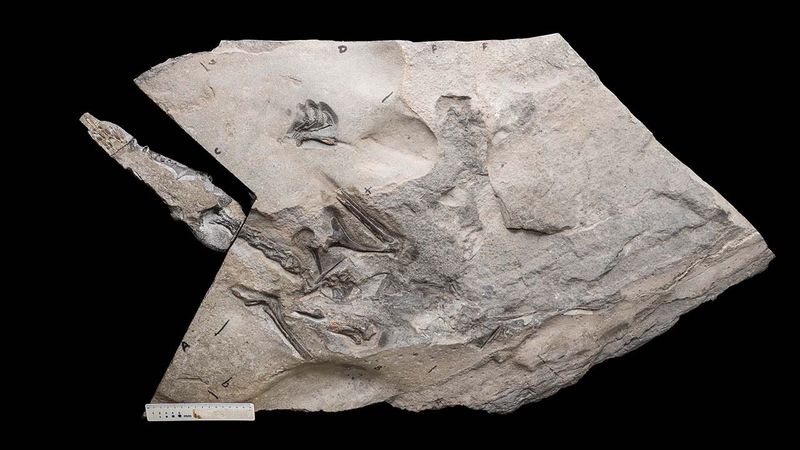
Unlike many pterosaur fossils that get crushed flat during fossilization, Dearc’s skeleton maintained much of its three-dimensional structure. Its bones weren’t completely flattened by pressure over millions of years.
This exceptional preservation allowed scientists to study details of its anatomy that are typically lost in other specimens. The nearly complete skeleton includes the skull, teeth, wings, torso bones, and even delicate elements rarely preserved.
6. Pterosaur Vision Revealed By CT Scan Technology
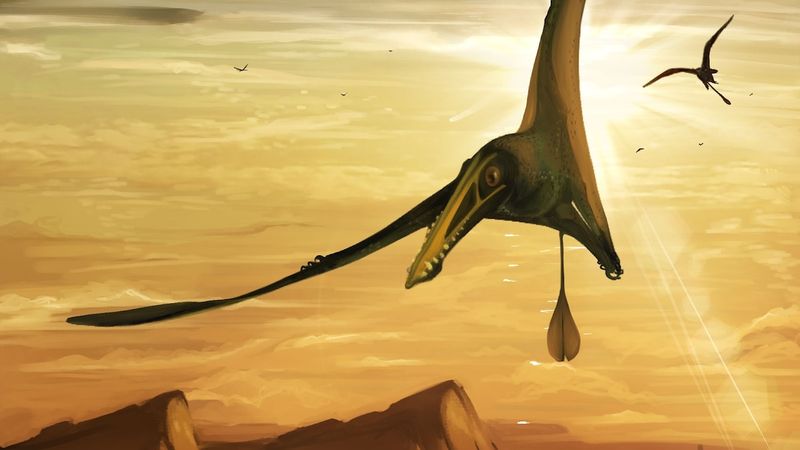
Advanced CT scanning of Dearc’s skull unveiled something remarkable – an exceptionally large eye socket suggesting keen vision. These large eyes likely helped it spot prey while soaring above ancient Scotland’s coastal waters.
The scans also revealed an unusually large optic lobe in its brain cavity. This neural adaptation further supports the theory that Dearc relied heavily on vision for hunting, possibly diving for fish much like modern seabirds.
7. Hollow Bones And Enamel Teeth Withstood the Ages
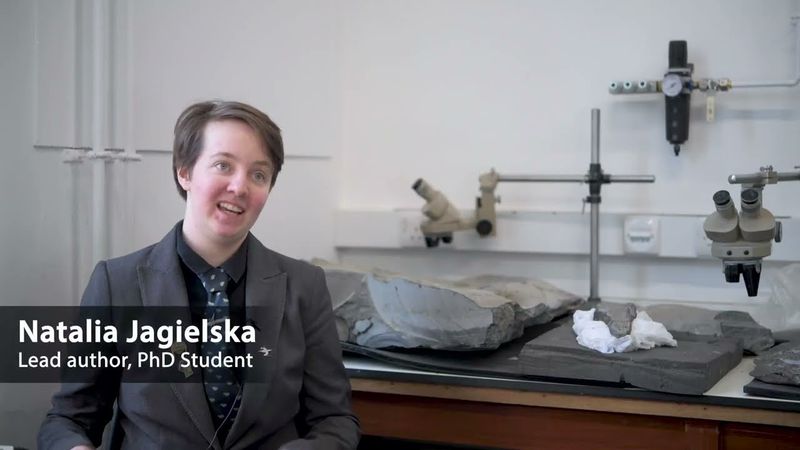
Microscopic analysis revealed Dearc’s classic pterosaur bone structure – paper-thin walls surrounding hollow chambers that provided strength without excess weight. This lightweight design was crucial for aerial lifestyle.
Its teeth, remarkably preserved with intact enamel, show sharp points perfect for catching slippery prey. The teeth angle forward slightly, creating a fish-trap effect that prevented captured prey from escaping once grabbed.
8. What Dearc Likely Ate In Its Coastal Lagoon Habitat

During Dearc’s time, Scotland was nothing like today’s cool, misty landscape. The region sat much closer to the equator, creating a warm, tropical environment with shallow lagoons teeming with fish and marine invertebrates.
Analysis of Dearc’s teeth and jaw structure points to a diet primarily of fish. Its long, narrow snout would have been perfect for plucking prey from the water’s surface or possibly during shallow dives.
9. How a Student’s Discovery Became A Scientific Milestone

Amelia Penny, a PhD student participating in a fossil-hunting expedition, first spotted the telltale tip of Dearc’s snout protruding from rock on a beach. Her sharp eyes changed pterosaur science forever.
After spotting the fossil, the team carefully documented its position before extracting the surrounding rock. The delicate extraction process took days of meticulous work to ensure no damage occurred to this priceless specimen.
10. Why This Pterosaur Is Now One Of Scotland’s Most Important Fossils

Beyond its scientific significance, Dearc has become a source of national pride and a tourism draw. The fossil remains in Scotland at the National Museum in Edinburgh, where visitors can marvel at this ancient flying giant.
The discovery also highlights Scotland’s growing importance in paleontology. The Isle of Skye continues to yield remarkable Jurassic fossils, earning it the nickname “Scotland’s Jurassic Park” among fossil enthusiasts and scientists alike.


